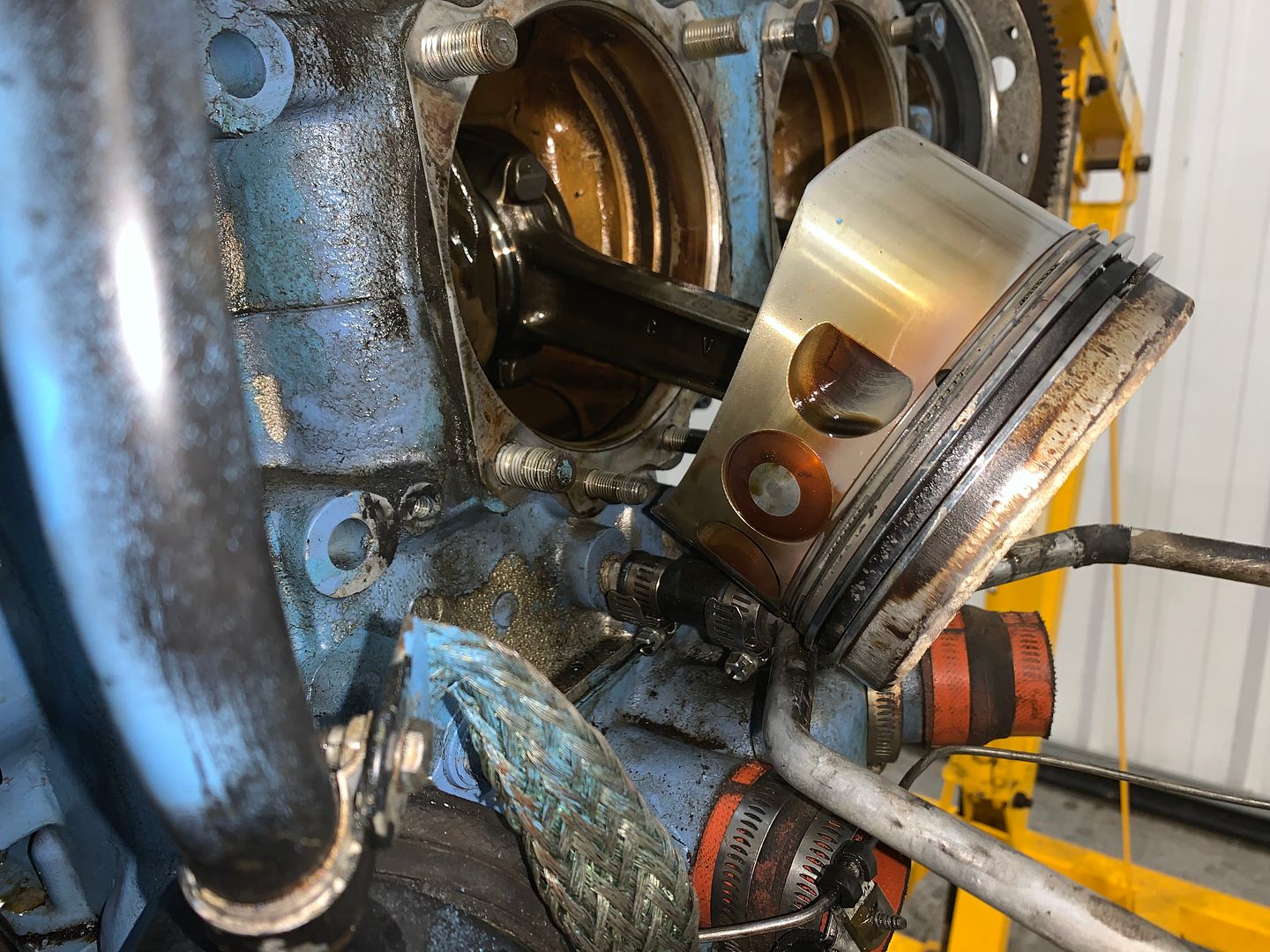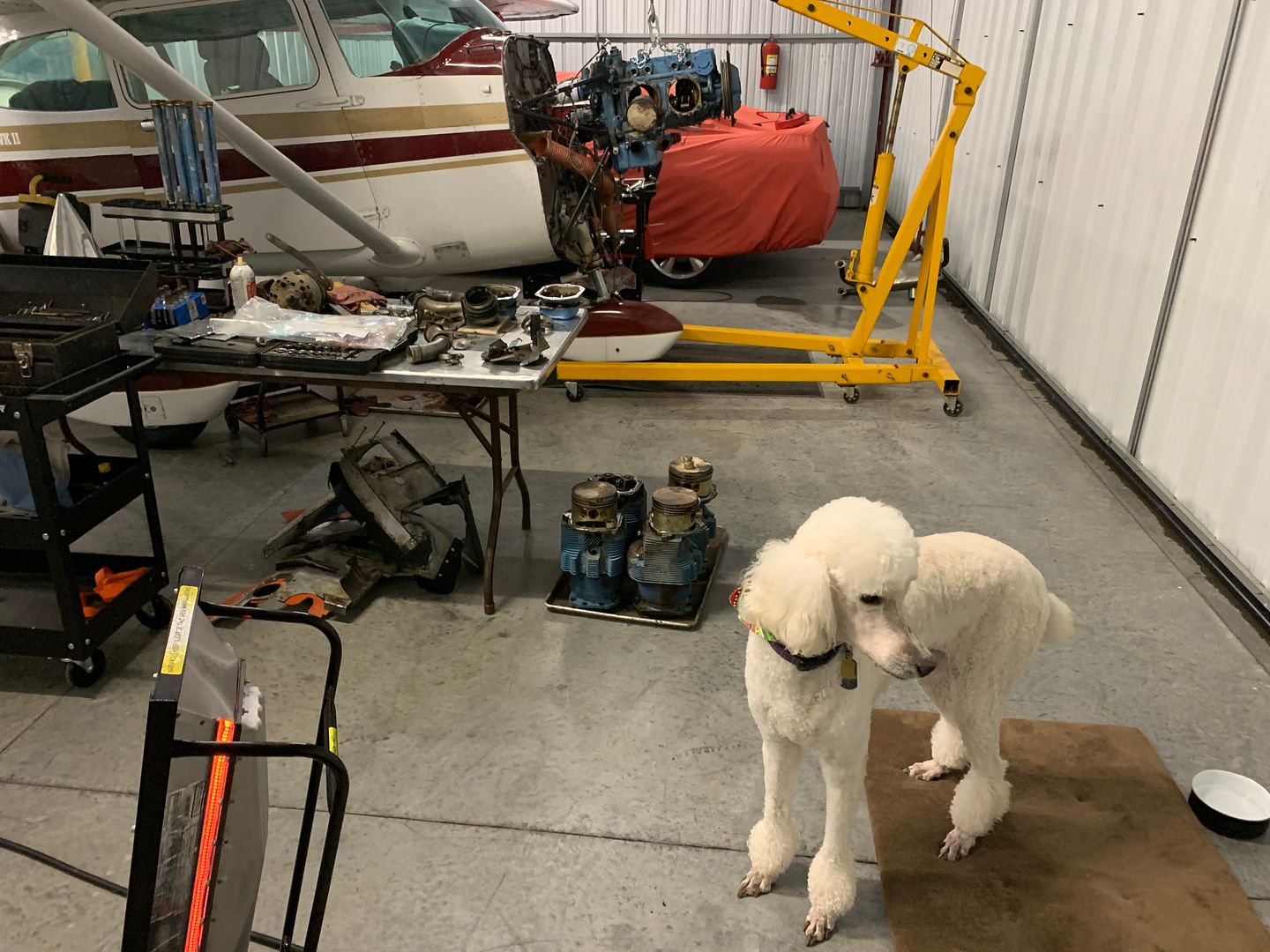We're installing new ring sets on my Titan X-340. It has around 350 TTSN with Nickel carbide cylinders. It had some blow by and upon digging into it we found a broken ring. Because everyone likes pics,


Question is how to best do a break in on this motor. It will have NiC3 cylinders and CN203 nickel rings.
Titan has a break in procedure here:
http://www.continental.aero/xPublications/xService Bulletins/Experimental PMA/E-SB003/
Looks like the cliff notes are:
Limit ground runs
Keep CHT <= 400 F
Keep oil temp <= 200 F
Shallow climb out.
Maintain rich mixture.
Maintain 75% power for maximum amount of time during break in.
Avoid letting the prop drive the motor with low power setting descents.
Questions are:
Is above accurate and complete?
How exactly does one maintain 75% or greater power? Full throttle at or below what altitude?
Related to above question, how high or low may I or should I run RPM?
Would it be bad to make a first flight of only 20 minutes or so?
Understand this is in a Lancair. The airframe has low low drag. One cannot maintain significant power on and slow down while descending for landing. Given that, would it be better to just make a first flight cross country on a 2+ hour flight?
Other question, any ideas why a ring would have broken in the first place?


Question is how to best do a break in on this motor. It will have NiC3 cylinders and CN203 nickel rings.
Titan has a break in procedure here:
http://www.continental.aero/xPublications/xService Bulletins/Experimental PMA/E-SB003/
Looks like the cliff notes are:
Limit ground runs
Keep CHT <= 400 F
Keep oil temp <= 200 F
Shallow climb out.
Maintain rich mixture.
Maintain 75% power for maximum amount of time during break in.
Avoid letting the prop drive the motor with low power setting descents.
Questions are:
Is above accurate and complete?
How exactly does one maintain 75% or greater power? Full throttle at or below what altitude?
Related to above question, how high or low may I or should I run RPM?
Would it be bad to make a first flight of only 20 minutes or so?
Understand this is in a Lancair. The airframe has low low drag. One cannot maintain significant power on and slow down while descending for landing. Given that, would it be better to just make a first flight cross country on a 2+ hour flight?
Other question, any ideas why a ring would have broken in the first place?


